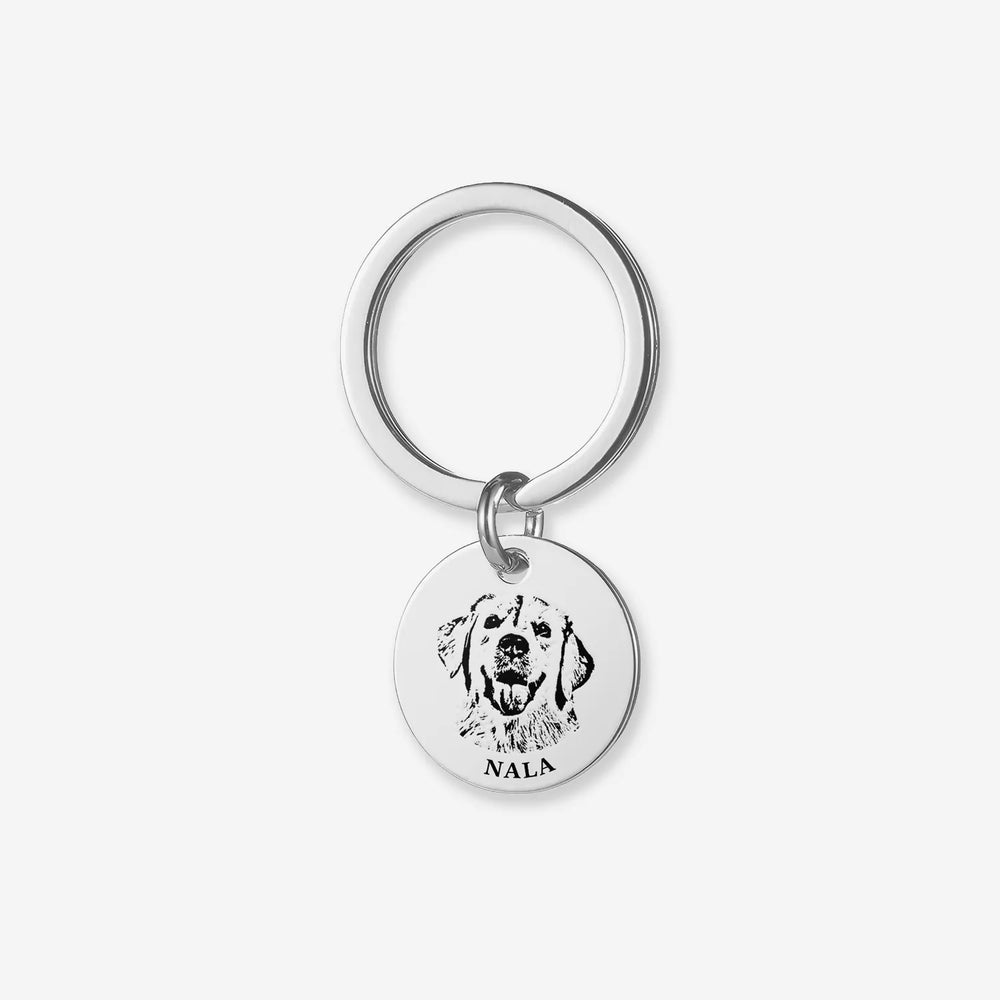Buy One, Get One FREE
Understanding Cat Tail Meanings: How to Interpret Your Cat's Tail Language

A cat’s tail language is highly expressive, offering insights into its emotions and needs. As cat owners, learning to observe and interpret these signals is crucial to strengthening the bond with your feline companion. This guide will help you decode the meanings behind different tail movements and behaviors.

1. Cat Tail Wagging Meaning: A Calm and Relaxed Mood
Have you ever noticed your cat’s tail swaying gently when you pet it or speak softly to it? This movement, often slow and wide, is a clear sign that your cat is calm and enjoying your company. The “cat tail wagging meaning” in this context suggests peace and contentment. It’s a sign of trust, relaxation, and emotional comfort, and it reflects your cat’s positive feelings toward you.
2. Aggression in Cats: When the Tail Starts Flicking
When a cat’s tail begins to slap the ground or swish rapidly from side to side, it signals agitation. This is no longer a peaceful tail movement but an indication of anger or stress. If you see this behavior, it’s best to back off and give your cat space. Continuing to engage it, such as by forcing a cuddle or petting session, may lead to an unpleasant reaction. Always remember that when you see rapid tail flicking, it’s a warning to give your cat room to calm down.
3. Cat Tail Up: A Sign of Affection and Friendship

A tail held upright with a slight quiver is one of the clearest “cat tail meanings” of affection and friendliness. Cats use this posture to greet their owners and other cats. If your cat's tail is straight and the tip is raised, it’s signaling that it feels comfortable and happy around you. Similarly, when the tail curls at the tip, it shows even more intimacy and trust. If your cat does this, it’s the perfect moment to respond with gentle petting, reinforcing the bond you share.
4. Don’t Disturb: The Subtle Tail Movements
Sometimes, when you call your cat, it may respond by slightly twitching its tail while keeping the rest of its body still. This subtle “cat tail meaning lying down” usually means that the cat doesn’t want to be disturbed. It may be concentrating on something or simply seeking solitude. Understanding this cue is crucial, as respecting your cat's need for space allows it to feel secure and valued.
5. Low-Hanging Tail: A Sign of Anxiety or Pain
If your cat’s tail hangs low or droops, it could signal that something is wrong. Unlike the relaxed tail posture in a calm cat, a low-hanging tail often indicates anxiety or pain. When combined with other signs, such as flattened ears or a drooping body, it may mean your cat is feeling unwell. If this behavior persists, or if you notice changes in appetite or activity level, it’s vital to take your cat to the vet for a health check.
6. Why Does My Cat Wag Its Tail Slowly? Understanding the Mood

When a cat’s tail wags slowly, it often means that the cat is upset, agitated, or even just slightly impatient. Cats wag their tails slowly when they are irritated, much like humans tap their feet when restless. This is a sign that your cat is experiencing some form of discomfort, frustration, or discontent.
7. Why Does My Cat Hit Me With Its Tail? Understanding the Intentions
If your cat hits you with its tail, it’s important to consider the context. Here are a few possibilities:
- Positive Mood: If your cat swishes its tail against you gently, it may be signaling affection or seeking attention.
- Friendly Greeting: A swipe of the tail can also mean your cat is greeting you or attempting to initiate interaction.
- Food-Seeking Behavior: If your cat is swiping its tail near you when you're eating, it’s likely trying to get your attention in hopes of tasting your food.
- Attention-Seeking: Cats may swipe their tails against your arm or leg to grab your attention, especially if they need something, like a cuddle or more playtime.
Conclusion: The Rich Language of a Cat’s Tail

The meanings behind a cat’s tail movements are rich and varied, offering a direct window into its emotional state. Whether it’s a sign of peace, frustration, affection, or discomfort, understanding your cat’s tail language is key to enhancing communication. By observing these signals closely, you can respond in ways that strengthen your bond, ensuring that your cat feels loved, understood, and cared for.
Through careful observation of your cat’s tail, you gain insight into its inner world. Whether it’s the “cat tail wagging meaning” or other movements, each gesture reflects a deeper layer of emotion. So, next time your cat flicks its tail or curls it up in a greeting, take a moment to appreciate this unique form of communication. With time, you’ll be able to interpret and respond to your cat’s needs more intuitively, building an even stronger and more harmonious relationship.



















